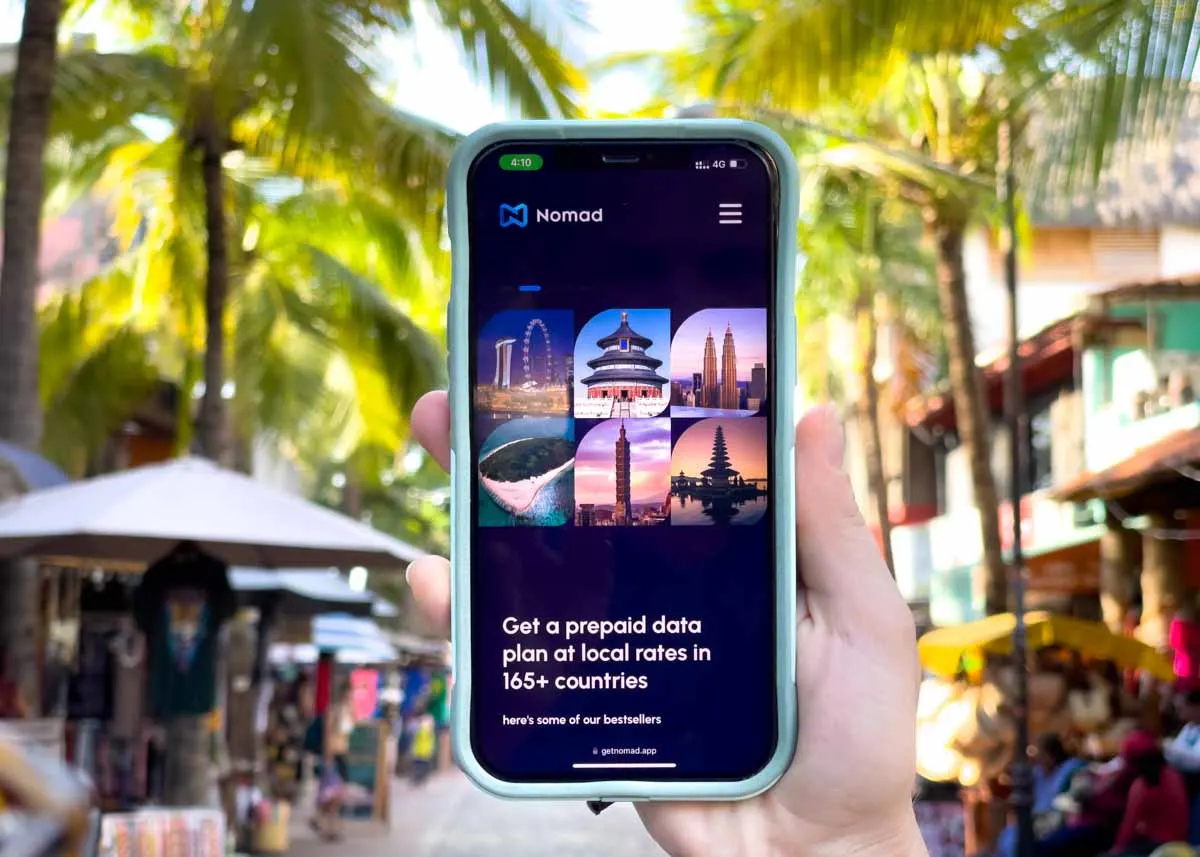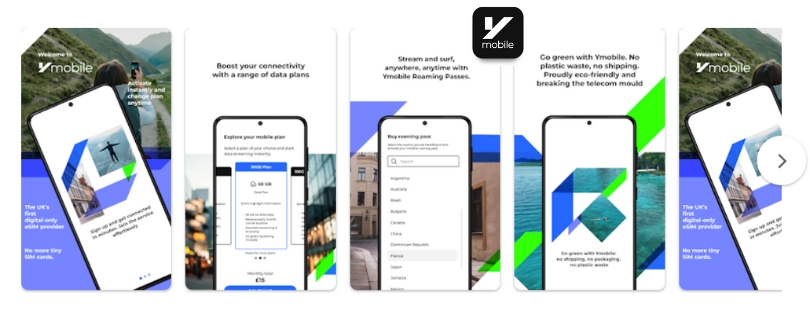
Need a Local Number While Traveling?
If you are traveling and looking for a travel SIM or eSIM, you might be wondering if you might be able to get by with a data-only SIM, or if you really need to get the option that comes with a local number. Local Number While Traveling
Getting a Local Number Local Number While Traveling
You would typically require a local SIM or eSIM if you wanted to get a local number. You will usually have to head to the shop or counter of the local carrier and provide proof of identity before they can issue the SIM or eSIM with a local number. In addition, a SIM with a local number usually comes at a higher cost than if you were to get a data-only SIM (or eSIM).
Having a local number when you are traveling has its advantages, but the question remains: is it worth going through the hassle and slightly higher costs to get this number?
Why might you need a local number?
When it comes to traveling, some people believe that having a local number is essential since it enhances your ability to make calls and send texts locally. Having a local number might also be useful in situations where you might need to use a local service that requires a local number for registration—perhaps in cases like making a reservation or getting transportation.
However, with technological advancements and the abundance of alternative methods of staying connected, do you really need a local number?
Making phone calls Local Number While Traveling
One of the primary use cases for getting a local number would be so that you can make calls locally, but realistically, how often would you encounter such a situation while you are traveling?
Connecting with a friend
If you were trying to make a call or to connect with a friend, there are many channels that you could get connected with, even in the absence of a local phone number. For one, many platforms support VoIP (Voice over Internet Protocol), and as long as you are connected to the Internet, you will be able to make a call and talk to your friends. Some of the most common communication applications that support VoIP include WhatsApp, Telegram, FaceTime, or Skype. If you do not have your friends’ numbers or if they do not have the same app downloaded, social media platforms like Facebook Messenger also support calls over the Internet.
Connecting with Local Businesses
Now, if your main use case for getting a phone number is to connect with a local business, there are also alternate ways you can do so even if you do not have a phone number—so long as you are connected to the Internet.
Most businesses now have a social media presence on either Facebook or Instagram. Even if you do not have a local phone number, there is always the option of sliding into the business’ Facebook or Instagram DMs to connect with them. The advantage of this, as opposed to getting on a phone call, is that you can also leverage translation apps or the in-app translation capabilities to communicate with these businesses if language is an issue!
And if the only way to get hold of that business is via phone, you could get the receptionist at your hotel or accommodation to help you with that. And if you need to make that call yourself, you can still do so using your primary line, as long as your line supports international calls. Do note, however, that using your primary line could raise some charges for international calls.
Using Local Services
Some of the local services might need a phone number to register for an account or to use the service. Intuitively, you might think that you should use a local phone number to register for an account. However, many of these applications and local services also accept international numbers, as long as you can receive an SMS OTP to verify your account. So as long as your primary line allows you to receive SMSes, there might not be a real need to get a local phone number. And if you are not sure that you can receive an SMS when traveling, consider having your account set up before you travel!
Alternatively, you can check for similar services that might not require a local phone number. For example, if you are unable to use a local taxi application because you don’t have a local phone number, perhaps you could consider using Uber as an alternative mode of transportation.
An advantage of using your primary line for such services is that you will get to keep the account. Most of the local numbers that are provisioned for travelers expire after a while, and they get recycled, which also means you wouldn’t be able to retain that number and account. And if you wanted to get a more permanent number, this often requires longer-term maintenance and much more ID checks, so it isn’t all that straightforward.
So, do you need a local number?
Of course, if you are going to be in a country for a longer period and will need to set up things like a local bank account, then sure, you probably really do need a local number.
But if you were just a casual traveler, the thought of having a local number with you as you travel is for sure reassuring, but the actual benefits of having that local number might not be that significant. If you are traveling, it is possible to get around without a local number, as long as you are connected to the internet.
Furthermore, with the availability of eSIMs and the multi-SIM capability of devices these days, you can get connected to the internet using a data-only eSIM while keeping your primary line active on your phone, so that you can still make calls and receive SMSes as necessary.
Stay Connected with Nomad’s eSIMs
Nomad offers data plans in over 165 countries, and you can be sure to find one that is suitable for your travel needs. And if you will be traveling across multiple countries, there are also regional plans available, so you can stay seamlessly connected as you hop between countries. Data plans are available for as little as €1.50 per GB.
How do I get a Nomad eSIM? Local Number While Traveling
Getting a Nomad eSIM is very easy. Simply create an account on the Nomad website, select the plan that you want, and check out! Or, download the iOS or Android app, and you can easily purchase and manage your data on the go!
After you purchase your eSIM, you will receive an email containing information on how to install and activate your eSIM. Remember that you will need a stable internet connection to install your eSIM, and you will need to activate your eSIM to be able to use it. It is recommended to install your eSIM ahead of time and activate it right before you fly so that you can start using your data once you arrive at your destination. In some cases, the eSIM will be automatically activated upon arrival at your destination; check your email for more details on installation and activation.
And if you run out of data, don’t worry! Some of Nomad’s plans come with the option to purchase add-ons. The purchase of add-ons will add more data to your existing eSIM, so you won’t need to install a brand-new eSIM.











